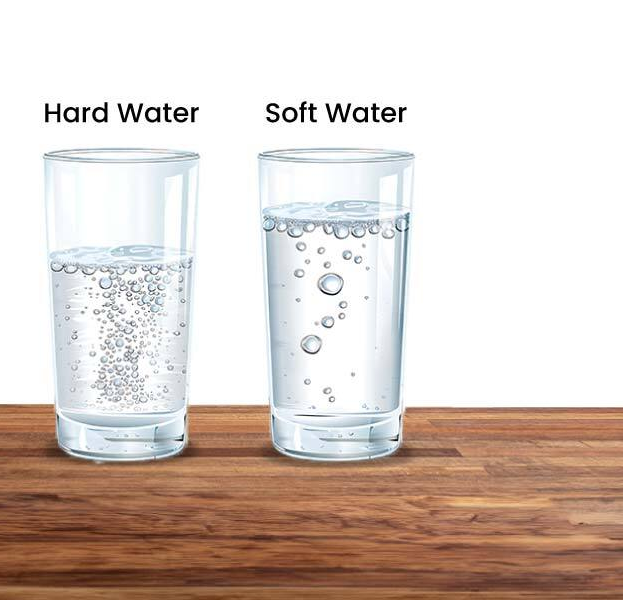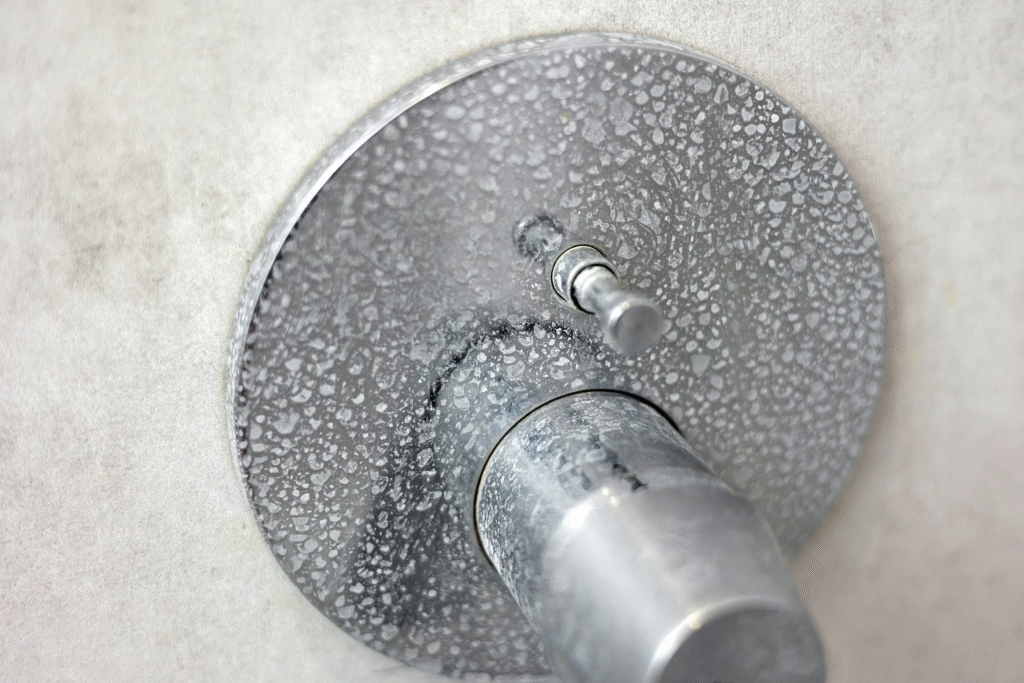
Hard Water Millions of households across the world face a common problem caused by excessive calcium. While this mineral is essential for strong bones, it can wreak havoc on your plumbing, appliances, clothes, and even your skin. If you’ve ever noticed white, chalky buildup around faucets, dry hair after washing, or dull laundry, you’re likely dealing with calcium-rich water.
This article dives deep into the causes of calcium in water, why it’s harmful, and, most importantly, how to remove calcium from water easily and effectively.
Calcium gets into Hard Water through natural processes. As water passes through limestone, chalk, or gypsum, it picks up calcium and magnesium ions. This makes the water “hard.” The higher the concentration of these minerals, the harder the water.

Removing calcium isn’t just about aesthetics. It can affect your home, health, and wallet:
Over time, calcium deposits known as limescale can clog pipes, reduce water pressure, and lead to expensive repairs.
Hard Water Water heaters, dishwashers, and washing machines wear out faster when they’re forced to work harder due to mineral buildup.
Hard water makes it difficult for soap to rinse off, leaving residue that can irritate the skin and make hair dull or brittle.
Minerals in the water attach to fabric fibers, making clothes look older and feel rough.
Fortunately, there are several ways to treat hard water and remove calcium, depending on your budget and water usage Hard Water.
A water softener is a device that replaces calcium and magnesium ions with sodium or potassium ions through a process called ion exchange. This is the most effective way to soften water for the whole house.
Reverse Osmosis (RO) systems filter water using a semi-permeable membrane that removes up to 99% of dissolved minerals, including calcium.
These devices use electromagnetic fields to change the structure of calcium ions so they don’t stick to surfaces. While they don’t remove calcium, they reduce scaling.
Water distillers boil water, then collect the steam leaving calcium and other minerals behind. It’s a highly effective way to purify small amounts of water.

For minor buildup in kettles, faucets, or showerheads, soaking parts in white vinegar dissolves calcium deposits quickly. This is a temporary fix, not a full solution.
Calcium in water is more than just a nuisance. Left untreated, it can result in major plumbing issues, expensive appliance replacements, and uncomfortable daily routines. Whether you want a permanent solution like a water softener or a temporary fix like vinegar cleaning, the key is to take action early.
With so many treatment options available, there’s a solution for every home and every budget.
Read More:- Deyaar’s Latest Announcement Shakes Up the UAE Property Market
